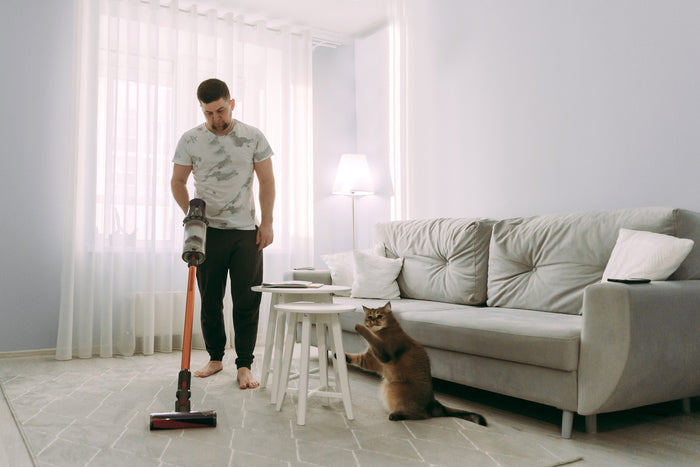Ultraviolet light As A Sanitizer
Contrary to what some people may believe, UV light is in fact not purple. Rather, ultraviolet light is a form of electromagnetic radiation that is invisible to the human eye. It is naturally produced by and accounts for 10% of the total radiation output from our Sun. Discovered in 1801 by German physicist, Johann Ritter, the identification of the ultraviolet region of the electromagnetic spectrum gave humans a new idea of what that spectrum entailed. However, it wasn’t until nearly a century later when Ultraviolet Germicidal Irradiation or UVGI appeared in the picture as a disinfecting solution. Since then ultraviolet light has been a friend to the disinfection world.
Defined as is the use of ultraviolet (UV) energy to kill or inactivate viral, bacterial, and fungal species, UVGI was discovered by two scientists who figured out that the ability of sunlight to neutralize bacteria was dependent on three main things:
- Intensity,
- Duration,
- Individual Wavelengths
With this information becoming widely available, scientists began experimenting with different ways to utilize UV light to their benefit. In 1933 an eccentric American scientist by the name of William F. Wells developed a hypothesis elaborating on the concept of airborne infection by droplet nuclei and the use of UVGI to disinfect the air. Following initial success Wells went on to demonstrate that airborne infectious organisms could be efficiently killed in a short period of time, which helped prove the very concept that infections can be spread via the air. With the perceived success of UVGI it began to make its way into hospital rooms across the country.
UVGI made headway in the medical field with its ability to curb infection rates and safely sanitize hospital operating rooms. UVGI is primarily delivered from three systems: portable, in-duct and upper-room.
- Upper-room UVGI confines the germicidal radiation to the entire room area above people's heads
- Portable UVGI units are used in patient, surgical and ICU rooms, and other critical-care settings
- Stationary UVGI disinfection can take the form of either in-duct systems for airstream disinfection or upper-room installations to prevent infection transmission within a room
Today we see UVGI being used all over the world as a weapon against germs and specifically Covid-19. Coronavirus is highly susceptible to germicidal UV irradiation as it is able to inactivate microorganisms by causing DNA damage and preventing replication which can in turn deactivate the virus on surfaces.
This is what PurLite does. Using UVC light, our PurLite box harnesses that energy in order to eliminate bacteria, fungal and viral particles that linger on the different surfaces within your home. Don’t just clean your home, PurLite it.


